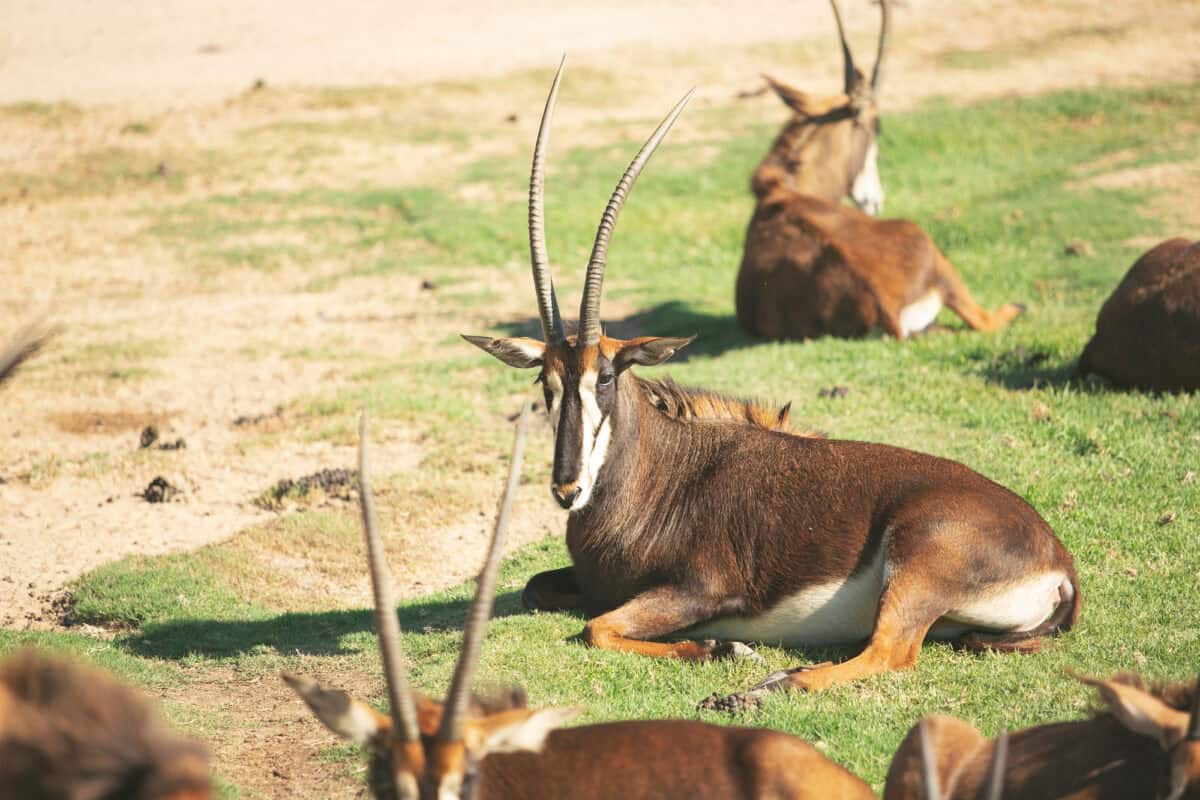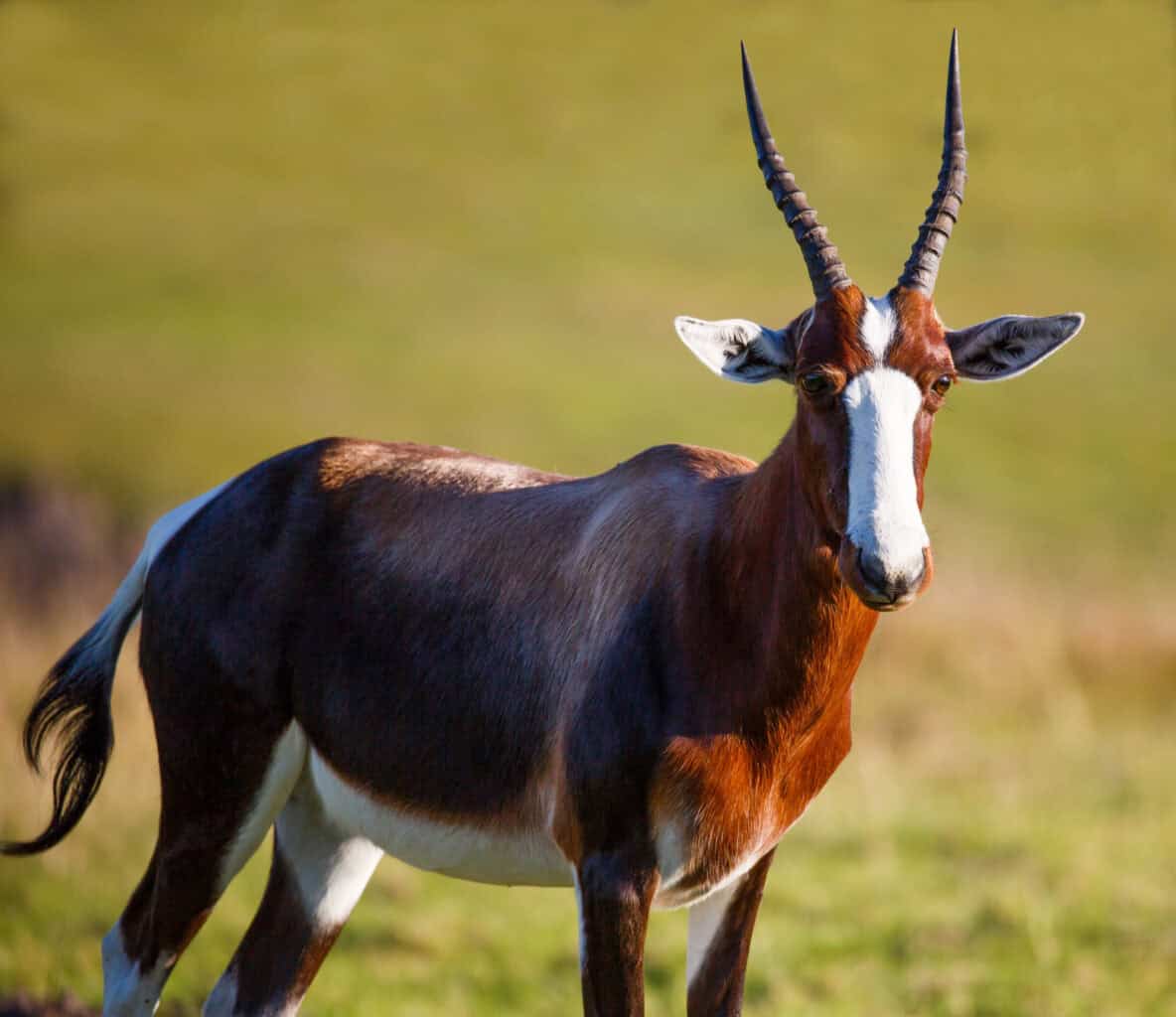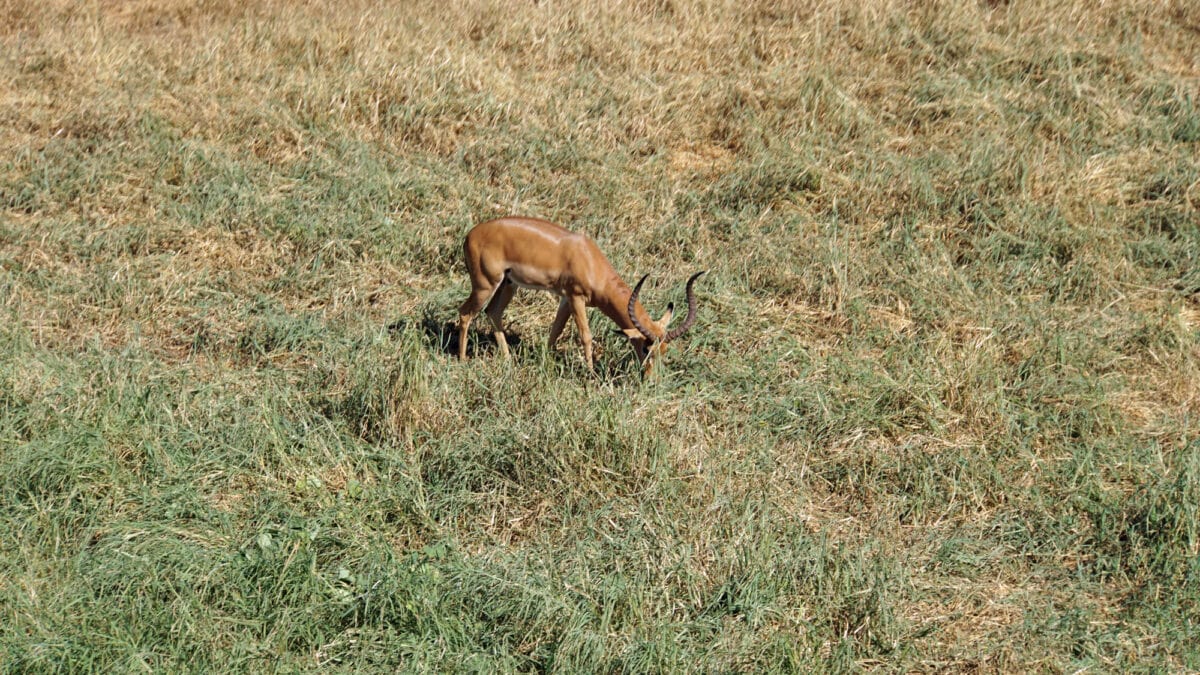The Saola, often dubbed the “Unicorn of Asia,” is one of the world’s most mysterious and elusive mammals. With its strikingly long horns and gentle eyes, the Saola (Pseudoryx nghetinhensis) walked into global attention only a few decades ago. Yet, it seems to be slipping into oblivion just as fast. Found primarily in the Annamite Mountains along the borders of Vietnam and Laos, this enigmatic creature faces numerous threats that endanger its very survival.
A Brief History of the Saola

First discovered in 1992 by a team of Vietnamese researchers and WWF scientists, the Saola immediately captured the attention of the zoological world due to its unique characteristics. Its discovery was monumental, as it was one of the first large mammals described to science in over 50 years. Dubbed the “Asian Unicorn,” the Saola’s distinct long, straight horns and coat with white facial markings make it an icon of biodiversity. However, despite rigorous efforts, scientists have struggled to spot Saolas in the wild, leaving much of their behaviour and ecology shrouded in mystery.
Life in the Annamite Mountains

The Saola inhabits the dense, evergreen forests of the Annamite Mountains. This rugged terrain offers a mix of low valleys and high peaks covered in vast forests—ideal for the reclusive nature of Saolas. They are believed to feed on a variety of plants, although comprehensive studies on their diet are lacking due to the difficulties in observing them. Being highly reclusive and limited to a specific geographical area, Saolas is not only a natural wonder but also a vital part of the local ecosystem, contributing to the ecological balance of their habitat.
The Threats Facing the Saola

While the Saola’s habitat might appear remote and untouchable, several threats jeopardize its survival. Among the most impactful is illegal hunting. Although Saolas is not typically the primary target, rampant poaching for other wildlife has led to collateral damage. Traps set for animals like deer and civets often accidentally catch Saolas, leading to their decline. Additionally, the illegal wildlife trade in the region remains persistent, fueled by the demand for animal parts in traditional medicine and exotic dishes.
Deforestation poses another severe threat to the Saola. Logging, agricultural expansion, and infrastructure development continue to encroach upon their forest habitat. These activities fragment the landscape, making it increasingly difficult for the Saola to find food, mates, and migratory paths, ultimately reducing their chances of survival.
Conservation Efforts

Recognizing the grave threats faced by the Saola, conservationists have mounted a range of efforts to protect this rare species. The International Union for Conservation of Nature (IUCN) classifies the Saola as Critically Endangered, prompting numerous conservation organizations to prioritize its survival. Saola natural reserves have been established in both Vietnam and Laos to protect their known habitats from human encroachment. Additionally, patrolling efforts aim to dismantle poaching networks and remove deadly snares from the forests.
There’s also a focus on engaging local communities to become stakeholders in Saola conservation. By promoting sustainable livelihoods and increasing awareness, local populations play a pivotal role in safeguarding the Saola’s future. Breeding programs and captive management are being explored as preventive measures to ensure Saola’s continuity, though success is yet to be achieved due to the complexities in Saola husbandry.
The Road Ahead for the Saola

The fate of the Saola is a barometer for the health of the Annamite forests. As one of the planet’s rarest mammals, the loss of the Saola would not only mean the extinction of a species but would also signify a failure to preserve biodiversity in a rapidly changing world. To ensure the survival of the “Unicorn of Asia,” continuous efforts in research, conservation, and collaboration among international and local actors are crucial. Only then can we hope to decipher the secrets of this enigmatic creature and secure its place in the natural world?
Conclusion

The Saola is not just an emblem of Asia’s rich biodiversity but a symbol of the ongoing battle to save the world’s most endangered species. Its struggle for survival underscores the importance of preserving delicate ecosystems that house such irreplaceable life forms. With concerted global efforts, there is hope that future generations may still have the chance to witness the mythical allure of the Saola in its natural habitat.
- 14 Weirdest Looking Animals on Earth - August 15, 2025
- 13 Creatures That Don Not Need Eyes to See - August 15, 2025
- 13 Wild Species That Can Clone Themselves - August 15, 2025

